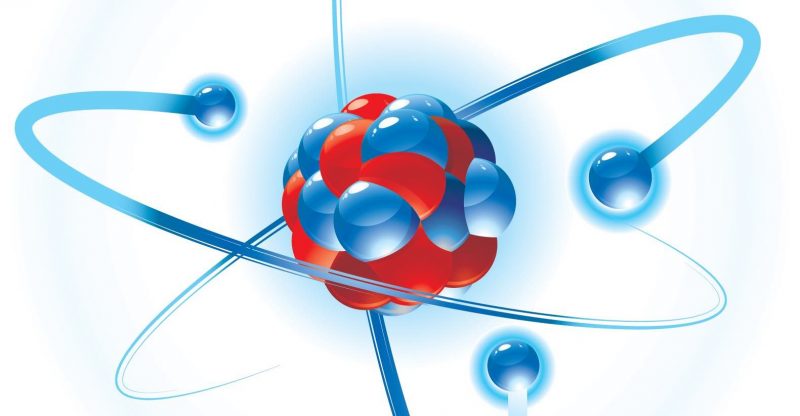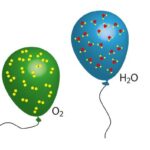We explain the concept of mass from chemistry and what its units of measurement are. Also, the difference between weight and mass.

What is mass in chemistry?
In chemistry, mass (m) is understood as the amount of matter a body has or in the case of a chemical reaction, the specific amount of matter that comprises each of the reactants or products involved.
All bodies have a mass, whether they are in a solid, liquid or gaseous state, and said mass It is made up of atoms, joined together by chemical bonds to form more complex structures. The more atoms there are in a body, the greater its mass.
In most fields of chemistry, mass is considered a uniform and constant dimension although in quantum physics it has been theoretically demonstrated that it is not an absolute value, but that it increases according to the speed of the body, as it approaches the speed of light (according to the studies of Albert Einstein and relativity) .
According to the physics approach, mass can be defined in the following ways:
- inertial mass. It is a property that bodies have, which is that they cannot change their speed by themselves. Inertial mass gives a measure of a body's reaction to any applied force.
- Gravitational mass. It is a property of bodies that makes them have a gravitational interaction between them.
The numerical values of gravitational mass and inertial mass are the same, although their physical definitions are different. That is why we only talk about mass, without specifying what mass we are referring to.
Then, since mass is the measure of the inertia of a body (resistance that matter puts to change its state of relative rest or relative motion), When the speed of a body increases, its inertia increases and it needs more and more energy to change its state of motion, that is, it is increasingly difficult to change its state of motion (its inertia is greater). Since mass is associated with inertia, it is said that mass increases with increasing speed. But none of this means that when a body increases its speed, the amount of matter that composes it increases.
However, according to the chemical approach, mass never changes during a given reaction as established by the Law of Conservation of Mass (also called Lomonosov-Lavoisier Law). Thus, the exact amount of matter that was present at the beginning of the chemical reaction and that obtained at the end must be exactly the same, although it will be organized in a different way: some will have changed state, another will have been regrouped into different compounds. , etc.
In chemical sciences, different masses can be calculated depending on the compound, element or utility that requires the calculation, for example:
- Atomic mass. It is the mass of an atom. It is defined as the mass of one isotope of the chemical element at a time, and not as the average mass of all the isotopes that make up the chemical element.
- Molar mass. It is the mass of a substance per unit amount of substance. It is usually expressed in kg/mol or g/mol
- Molecular mass. It is equal to the molar mass, but it is defined for a single molecule, and not for 1 mole of molecules, that is, 1 mole of substance, as is the case with the molar mass. It is expressed in atomic mass units or kg/mol.
See also: Weight measurements
Units of measurement of mass
The International System of Weights and Measures (SI) proposes The kilogram (kg) as the fundamental unit of measurement of mass along with its equivalent units, such as gram, milligram, etc. It is usually measured using scales, both traditional pan scales and modern electronic ones.
There is also the unit of the mole (mol), used to refer to the amount of substance based on the amount of its constituent particles. One mole of any substance is equivalent to the amount of itself that contains as many elementary units as there are atoms in twelve grams of carbon-12. Therefore,
1 mole = 6.0221429 (30) × 1023 elementary units.
This unit is fundamental for chemistry, since it allows reactions to be studied based on the proportion of the participating materials, many of which cannot be weighed ordinarily.
Difference between mass and weight
Although in common life they are considered more or less synonymous, mass (m) and weight (p) are different magnitudes. While mass refers to the amount of matter, weight has to do with the intensity with which said matter is attracted by a gravitational field. Therefore, mass is a more or less absolute dimension, while weight is a force that will vary depending on the amount of mass and the distance the body is from the source of gravity.
Similarly, Weight, being a force, is measured in newtons (N) unlike mass, and is measured with a dynamometer (instrument for measuring forces), rather than a balance.
For example, an astronaut with his spacesuit on registers a mass of 120 kg and a weight of 1200 N on Earth, but after being transported to the Moon, where there is much less gravity, his weight decreases to 200 N, while his dough remains intact.





